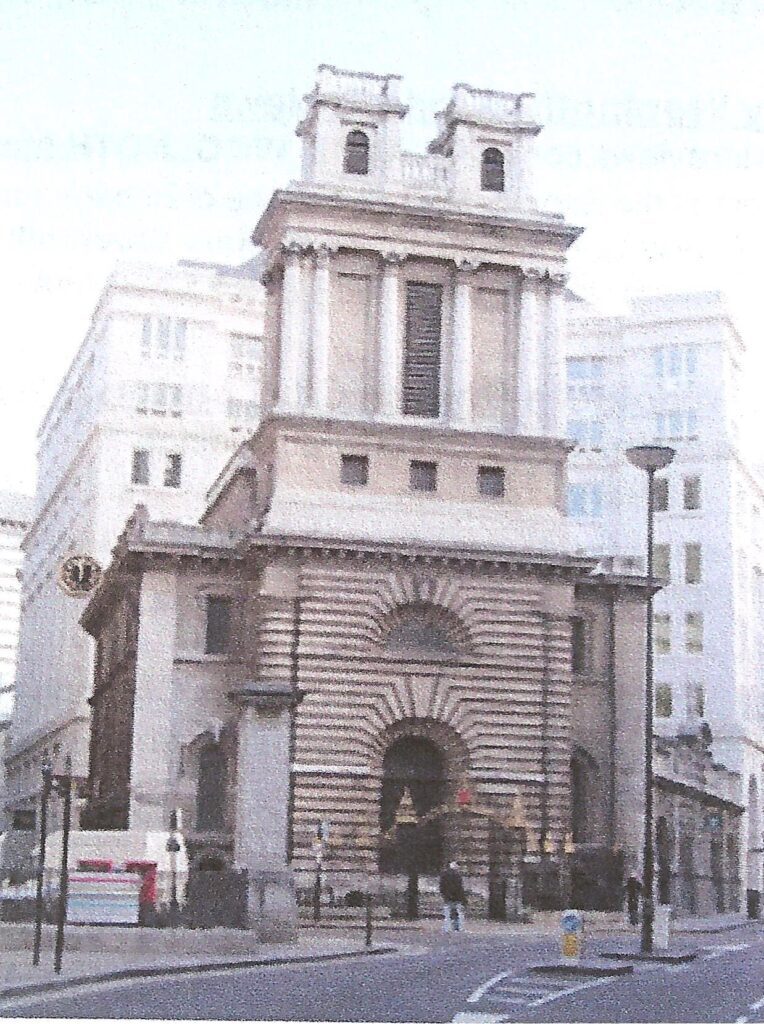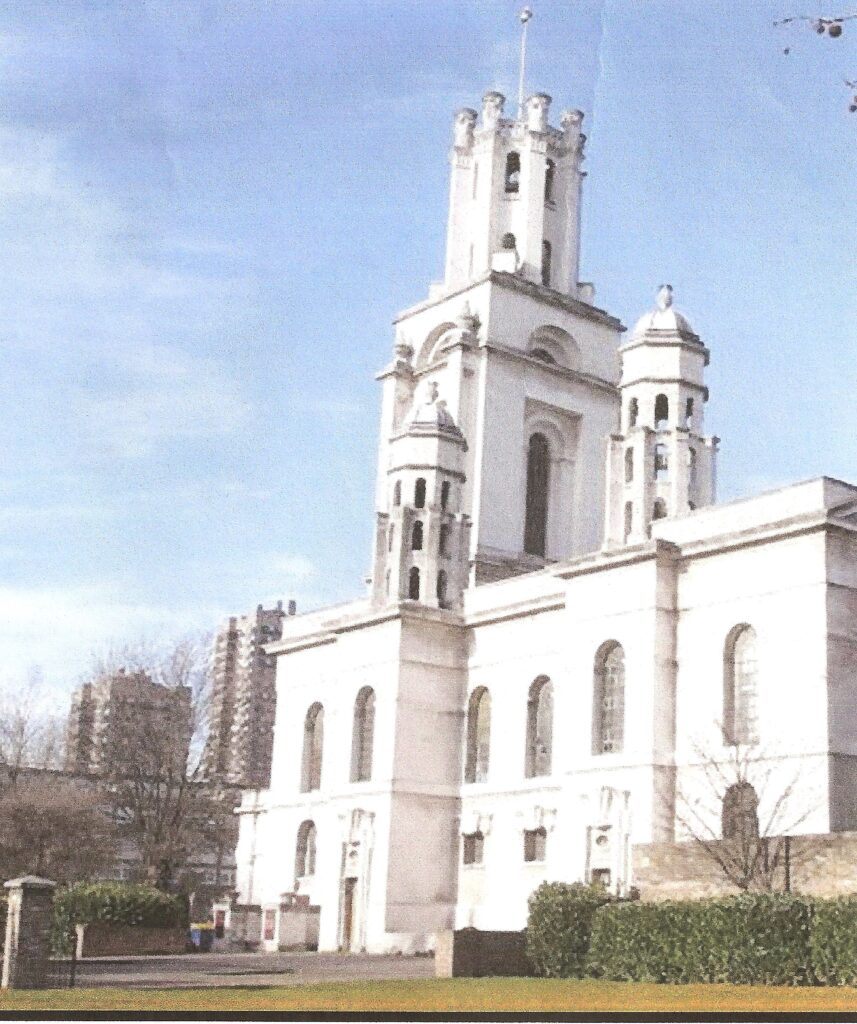The Copping Saga Begins
Why? For years this simple question has puzzled me. Knowing the question can never be definitively answered, this simple question still puzzles me. I continue to dig and delve, seek and search for yet other clues.
Why? Why did this family, man, wife, and four small boys, the oldest barely past his fourth birthday, the youngest a mere two months old, face an arduos-journey over the sea to start life anew in a strange land known for its primitive conveniences and harsh climate?
Over the years England forever remained dear to George. Besides noting birthday milestones and his wedding anniversary he also faithfully remembered the date of his departure from England and the feast day of his hometown of Hatfield in Essex, yet he had chosen to leave it behind and start a new life in a much more primitive land which was under threat of invasion.
Why? Why settle in Quebec with its predominately French population and Catholic religion rather than Ontario with its familiar language and religion?
Kingston was a mere 200 miles southwest of Montreal. If the trip by boat was not tempting, a coach road had been built between Montreal and Kingston three years earlier.
Some of the answers can be found by looking at the history of the times. Legal documents provide a few more clues. Insights into the dynamics of the man and his family may be deduced by following their movements and records of family events. That he was an educated man is clear. He kept a daily journal that although it gives no intimate insight into his life, it does provide a detailed record of everyday events.
The major part of this journal has been lost, first in a fire, parts of the remaining years disappeared through what would apear to be a deliberate attempt to edit embarrasing entries.
What has been left for us to peruse and evaluate covers approximately ten years of his life, from 1836 to 1846. While some have dismissed the writings as uninteresting or even boring, seen as just a record of the the weather and crops.
A closer look offers a unique insight into the family dynamics as well as the social fabric of the area at that particular time in history.
Admiration for this brave, resourceful, tenacious couple who not only survived but prospered, has spurred me to search out as much as possible about the workings and accomplishments, hardships and successes of this family. What I found has in no way diminished my original evaluation of them, but to the contrary, I stand in awe of their ingenuity, tenacity and final achievements.
When compared to the much more familiar settlers, the Parr sisters, Susanna Moody and Catherine Trail their success is even more admirable. While these later settlers were much better off financially with support from their famiy and the local infrastructure somewhat improved, they seemed to have made all the wrong choices and decisions. While they went cold and hungry, sometimes close to starvation, the Coppings seemed always to have provided adequately for their much larger family.
Another noteworthy fact is that of the eleven children born to Elizabeth and George every one survived to a ripe old age, a remarkable accomplishment at a time when the infant mortality rate for mother and child was at a very high level.
Elizabeth was a midwife who answered calls for her presence without number. She seemed to be exceptionally competent as there were few losses of mother or child in her care.
Feeling very strongly that without knowing our history our future is much more at risk I feel obliged to share this information with all who might be interested in this story for whatever reasons. Threfore I have made every effort to write as detailed a family history as I have been able to glean from whatever sources were available to me.
I have tried to paint a picture of the times and choices available by summarising the conditions and events that may have played a role in the decision to emigrate to Canada as well as details of life in the New World.
Although I must admit to reading history books to gather information on the time period in question, I used other sources much more frequently and with more confidence in their stating the facts as they were perceived at the time.
While history books relate facts as understood by the author–often much after the fact–I have found personal journals, diaries, notes made by travellers, map makers, officials, etc. give a much better look at things as they were actually seen and experienced by the people.
Family photographs have also been of immense help in this project. The resulting story is as accurate as possible given the information available. To make the story realistic at times it was necessary to use conclusions based on facts I found in other sources.
The Beginning of Their Journey

This story began in Hatfield, Essex, Broad Oaks, England on June 11, 1781, when a son was born to Elizabeth Mallion and John Coppings. Baby George was to be the youngest of their 11 children. George was baptized February 10, 1782, in St Mary Church, Chigwell, Essex, England.

Presumably, as a young man, George followed the current trend and moved to the City of London. On June 25, 1806, he married Elizabeth Saggers in St. Mary Woolnoth Church, London, England.
George was 25 years old, Elizabeth 24. The young couple took up residence in Stepney, St. George’s East, in London.The marriage certificate is unusual and disappointing in that it does not state George’s occupation.
Family lore portrayed George as a schoolteacher or merchant of means. However there is no evidence to substantiate either of these assumptions. There are recorded evidence of his being a sawyer, which was then recognized a professional vocation.
Records in the Canada’s portrays George as being a sawyer in Quebec City, Montreal and Rawdon. I am satisfied with that. We also know the family had the means to sail in cabin class rather than in steerage.

Their first child, George William, was born March 26, 1807 quickly followed by William George on June 18, 1808, little more than a year later. These two babies were baptised at the same time, September 25, 1808 in Stepney, St. George’s East.
Charles John, born a scant nine months later, March 6, 1809 and their fourth child, John Charles, was born on March 11,1811. These latter two were baptised April 24, 1811. Less than 2 months later, on a Sunday, the fifth of May, the little family embarked on the sailing ship, The Lively, and headed for a new life in a new country.
Surely only the very hardiest or foolhardy would have attempted such a journey with four small boys, babies even! Family lore mentions that Elizabeth’s brother, William, accompanied the little family. Actually it is a proven fact that two generations later Mary McLatchey’s brother, who became the wife of George’s grandson, Henry, accompanied her to Canada.
Although the Coppings would have been cabin passengers, they were still facing a minimum of six weeks on board a crowded ship with little privacy and totally lacking in facilities. They would have had to bring, as well as all the requirements to start a new life, their own food, water, medication and anything else that might be needed on the crossing.
It is known that George was an avid reader and had a large collection of books. Family lore has it that he brought his books with him.
It is highly likely that he and possibly even his wife read Heriot’s account of ‘The Canadas’. Was this what prompted them to pack up their four babies and leave family and friends behind to seek a new and hopefully better life far across the ocean? Was it the economical crisis in England? Was it dissatisfaction with the political situation? We can only speculate, his diaries having burnt many years later in a fire that completely destroyed the family home.